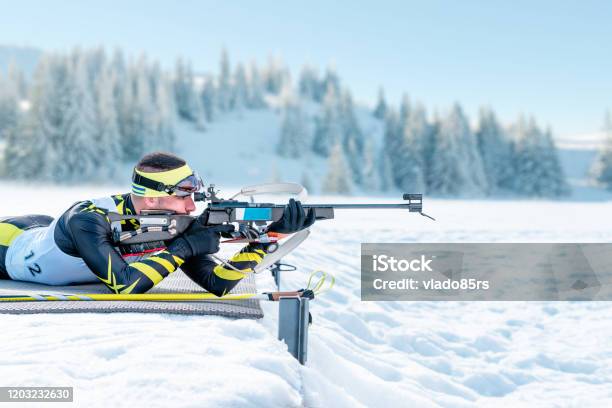Breaking Down the Intricacies of Biathlon: A Blend of Endurance and Accuracy
Imagine the challenge of skiing through a snowy landscape, heart pounding and lungs heaving, then stopping to take aim at a target with a rifle—your body trembling from exertion. This is the fascinating world of biathlon, a sport that marries the endurance of cross-country skiing with the precision of rifle shooting.

The Advent of Biathlon: A Historical Perspective
The biathlon’s roots can be traced back hundreds of years to the snow-covered landscapes of Scandinavia, where people used skis to hunt. It evolved as a military exercise in the 18th century, with Norway holding the first biathlon competition in 1767. The sport became part of the Winter Olympics in 1960, and since then, it has seen numerous tweaks and improvements, enhancing its appeal to the global audience.
The Intricacies of Biathlon: A Balance of Power and Precision
Biathlon is demanding, requiring not just physical stamina but also mental toughness and skill. Athletes ski across challenging terrains, often battling harsh weather conditions. The shooting segments compel them to shift gears, transitioning from a high-intensity cardio exercise to a quiet, focused activity requiring precise aim. The juxtaposition of endurance and precision sets biathlon apart from most other sports.
The Science Behind the Sport
Biathlon poses unique challenges for athletes. Cross-country skiing is an intense aerobic activity that sends heart rates soaring, while shooting requires calm, steady hands—a difficult task in a fatigued state. Research indicates that successful biathletes have excellent cardiorespiratory fitness, muscular strength, and the ability to quickly lower their heart rate before shooting. These insights can inform training regimens for aspiring biathletes.
Biathlon Today: A Dynamic Sporting Event
Today, biathlon is a crowd-puller at the Winter Olympics, with various formats like the individual race, sprint, pursuit, and relay events. The sport has also made strides in gender equality, with women’s biathlon introduced in the 1992 Winter Olympics. The constant evolution and dynamism of the sport keep it relevant and exciting in the modern sporting landscape.
The sport of biathlon is a testament to human versatility and adaptability, showcasing how athletes can master contrasting disciplines and excel in them. It’s a fascinating fusion of strength, stamina, precision, and control—attributes that are a hallmark of the world’s best athletes.




